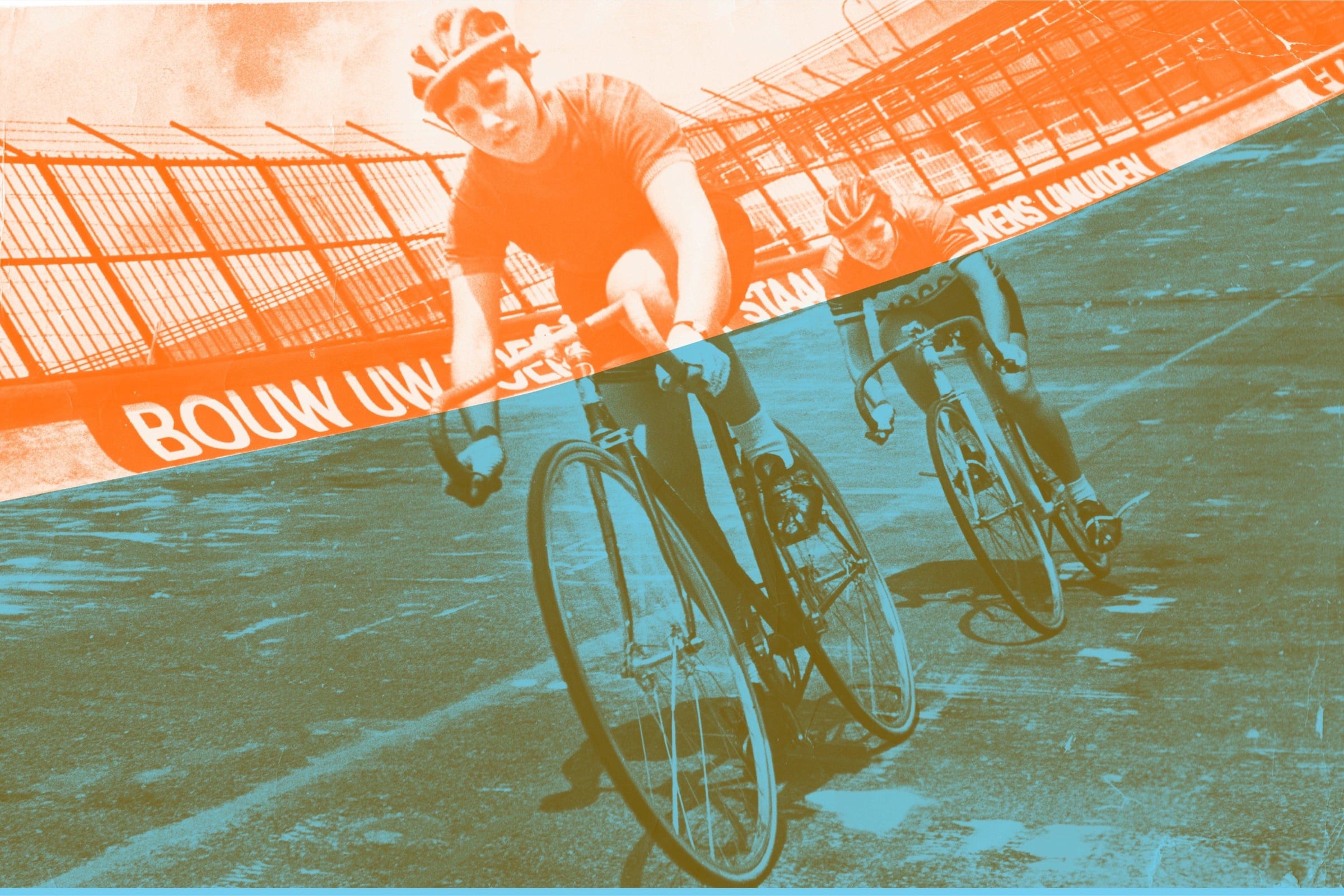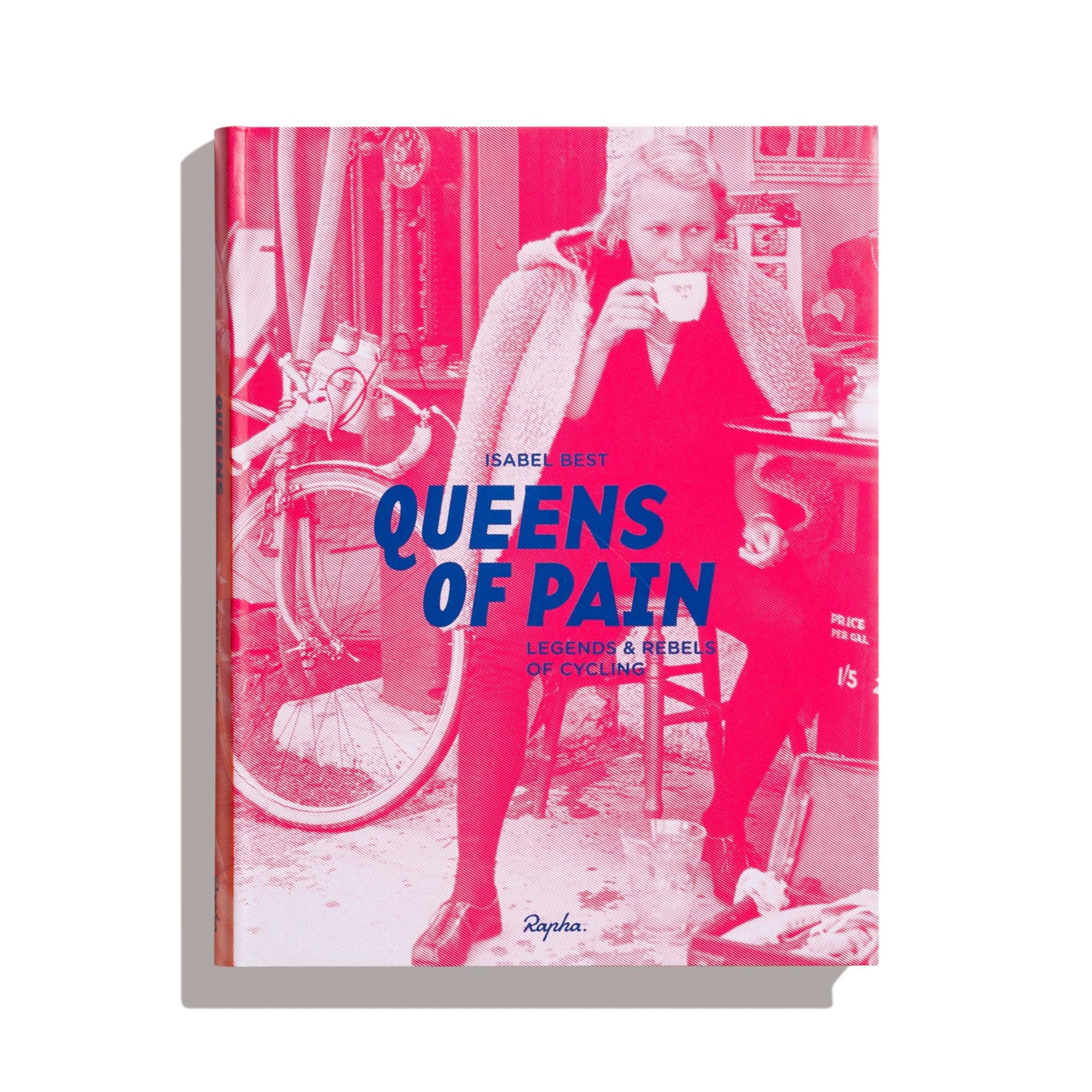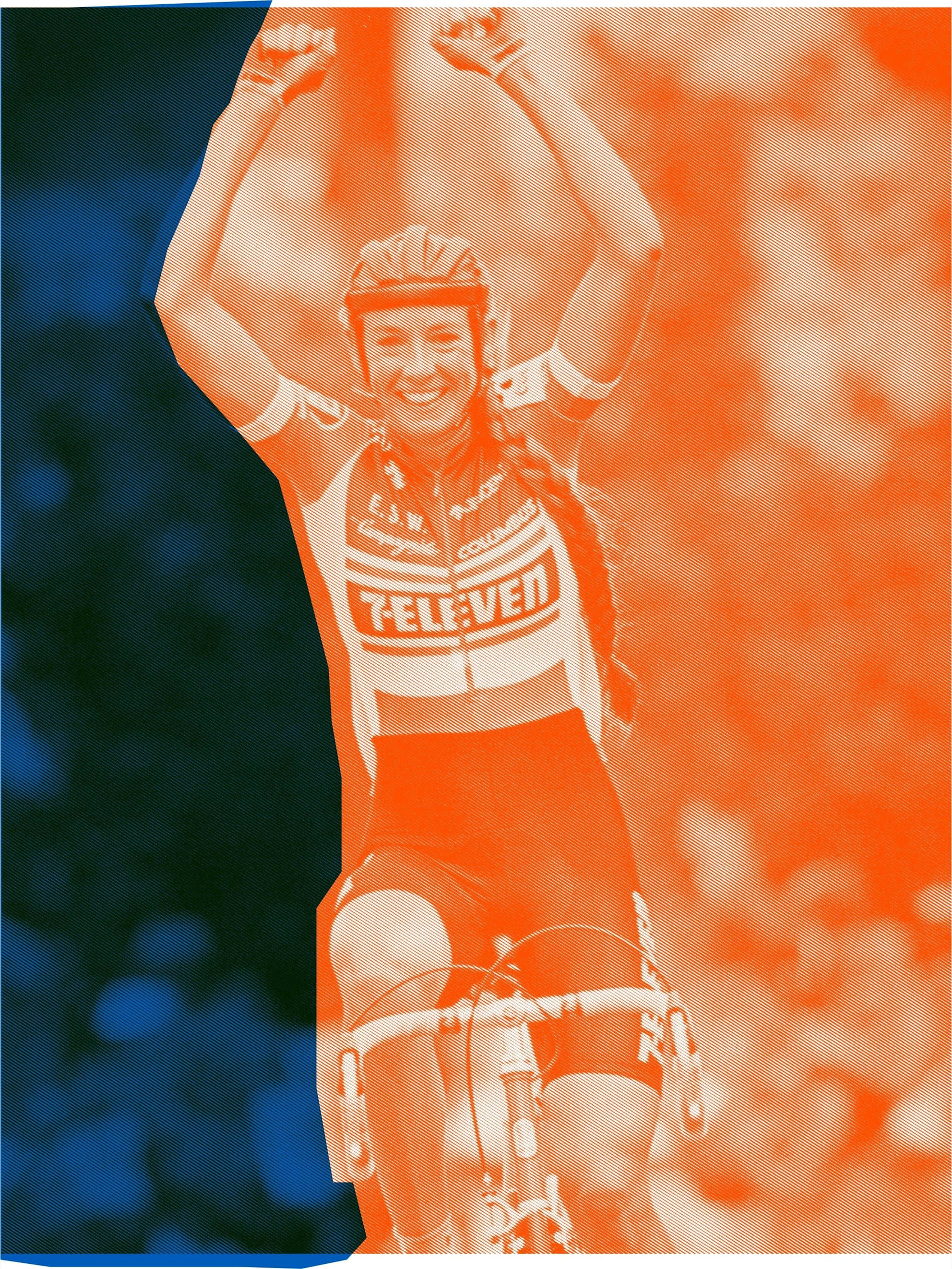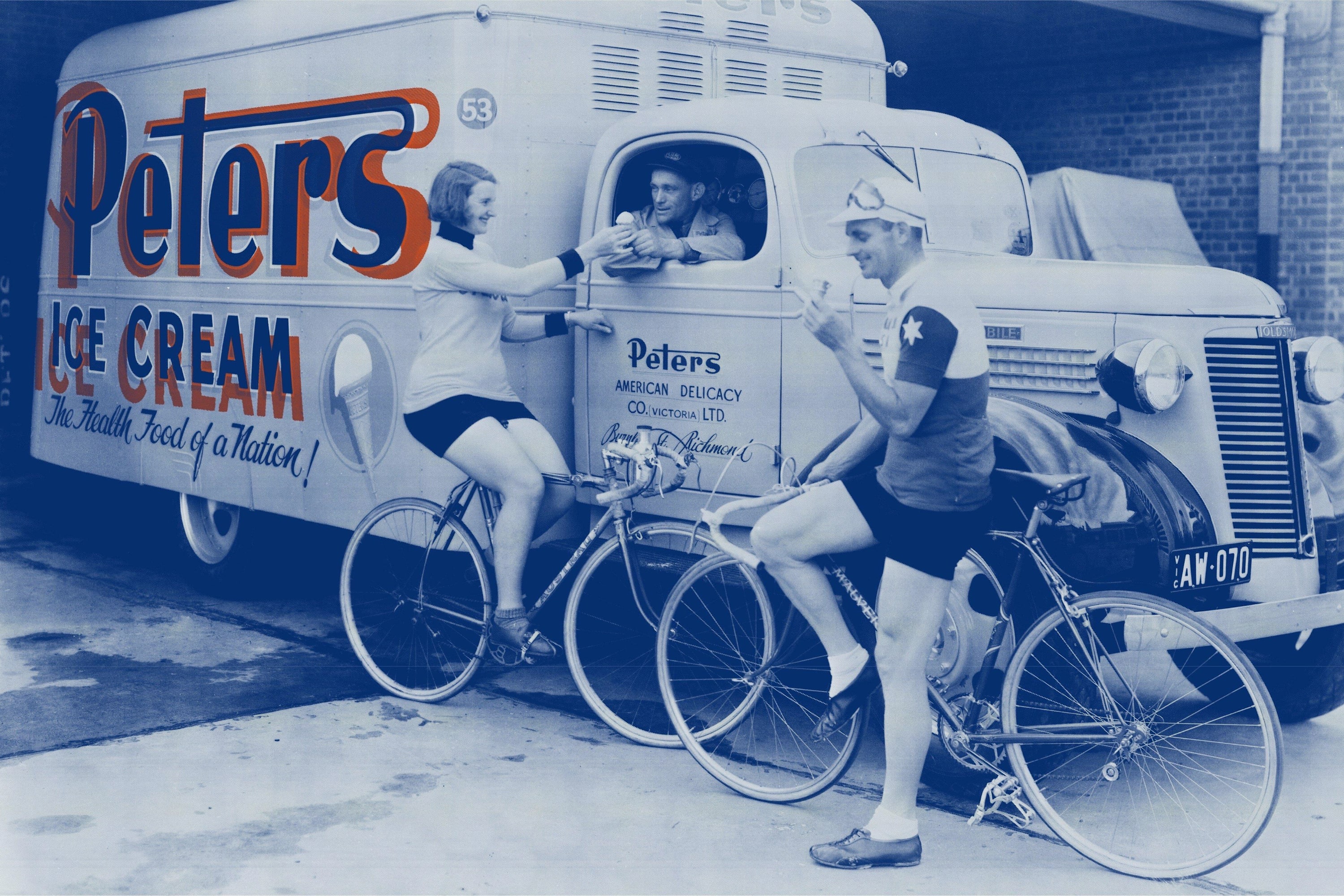Queens of Pain is the remarkable and largely unknown tale of women’s cycle racing from the 1890’s to the 1990’s. From the fin-de-siècle velodromes of North America to the glamour and chaos of the first women’s Tour de France, Queens of Pain offers a sweeping panorama of female racing history. Told through the lives of the great champions, its heroines include stunt women and speed skaters, young mothers and teenage tearaways, shop assistants and coal-delivery girls. When prejudice and officialdom denied them one stage they found another: from six-day track racing to epic place to place records, from 12-hour time trials to unofficial road races. The greatly expanded women’s racing scene of today is the direct legacy of these pioneering riders whose stories form an unbroken thread since the invention of the bicycle.
Created by Bluetrain Publishing and published by Rapha Editions, available now in the UK and November for rest of the world.

Queens of Pain: Legends & Rebels of Cycling
From the fin-de-siècle velodromes of North America to the glamour and chaos of the first women’s Tour de France, Queens of Pain offers a sweeping panorama of female racing history.
14 September 2018

Queens of Pain traces the extraordinary history of cycling’s pioneering women. Below is an extract from the chapter on Elsy Jacobs, the first Women’s World Champion.
Elsy Jacobs has her place in the history of women’s cycling for winning the first ever women’s world championship road race, in 1958. She turned out to be the perfect champion for all the doubters too, who worried the race would offer distressing scenes of haggard women collapsing in ditches. Not only had she ridden with great panache, but her effervescent joy at winning – in Reims, the champagne capital – her delighted grins as she was hoisted in triumph on her supporters’ shoulders, and the fact she was clearly in resplendent health rather than broken and bedraggled, went a long way in assuaging people’s fears.
The race was held on a hilly, 20km motor racing circuit featuring one particularly difficult climb called Le Calvaire. Whereas the men’s race the following day would feature 14 laps of this circuit, the women only had three, but opponents of women’s racing nonetheless thought even that might be too much. 29 riders from 8 different countries took part, and when they hit the climb a small group went away, featuring three Russians, two French riders, one Briton and Elsy, riding for Luxembourg, a country whose cycling federation disapproved of women’s racing.
The second time round Elsy broke away, reaching the summit 20 seconds ahead of the rest of the group. Sprinting was not one of her strengths, so she put her head down and forged ahead, keen to sustain a respectable gap on the riders behind. The others no doubt thought she wouldn’t be able to sustain the pace and assumed they’d reel her in well before the finish. They were wrong, and by the time they realised their mistake, it was too late.
Elsy stormed across the finish line more than two minutes ahead of her pursuers. Then, after savouring her victory, she ran back to cheer the others as they sprinted for second place.
Amid the ovations and euphoria of the crowds of supporters, there were panicked race officials who had forgotten to organise a winner’s bouquet. Jacques Grello, a famous singer who also penned a column in the sports magazine But et Club, wrote that Elsy’s ‘communicative warmth ... managed to put us a little bit at ease. She’s very good, Elvie. From gritting her teeth in effort she gnawed away her lipstick, but the ringlets of her perm held up well!’ Dreadful as those comments sound now, we might cut Grello just a tiny bit of slack given the general obsession with grooming and appearance in the 1950s.
“Andy Hampsten walked out of the Giro with I don’t know how many hundreds and thousands of dollars, and I won a pepper grinder.”
—Inga Thompson
“I would attack, let everyone catch up with me, then attack again. I could keep on doing this again and again until I killed them. It was easy.”
–Yvonne Reynders
“I speak for all of us when I say, contrary to most people who race, we really did enjoy our racing.”
—Marguerite Wilson


